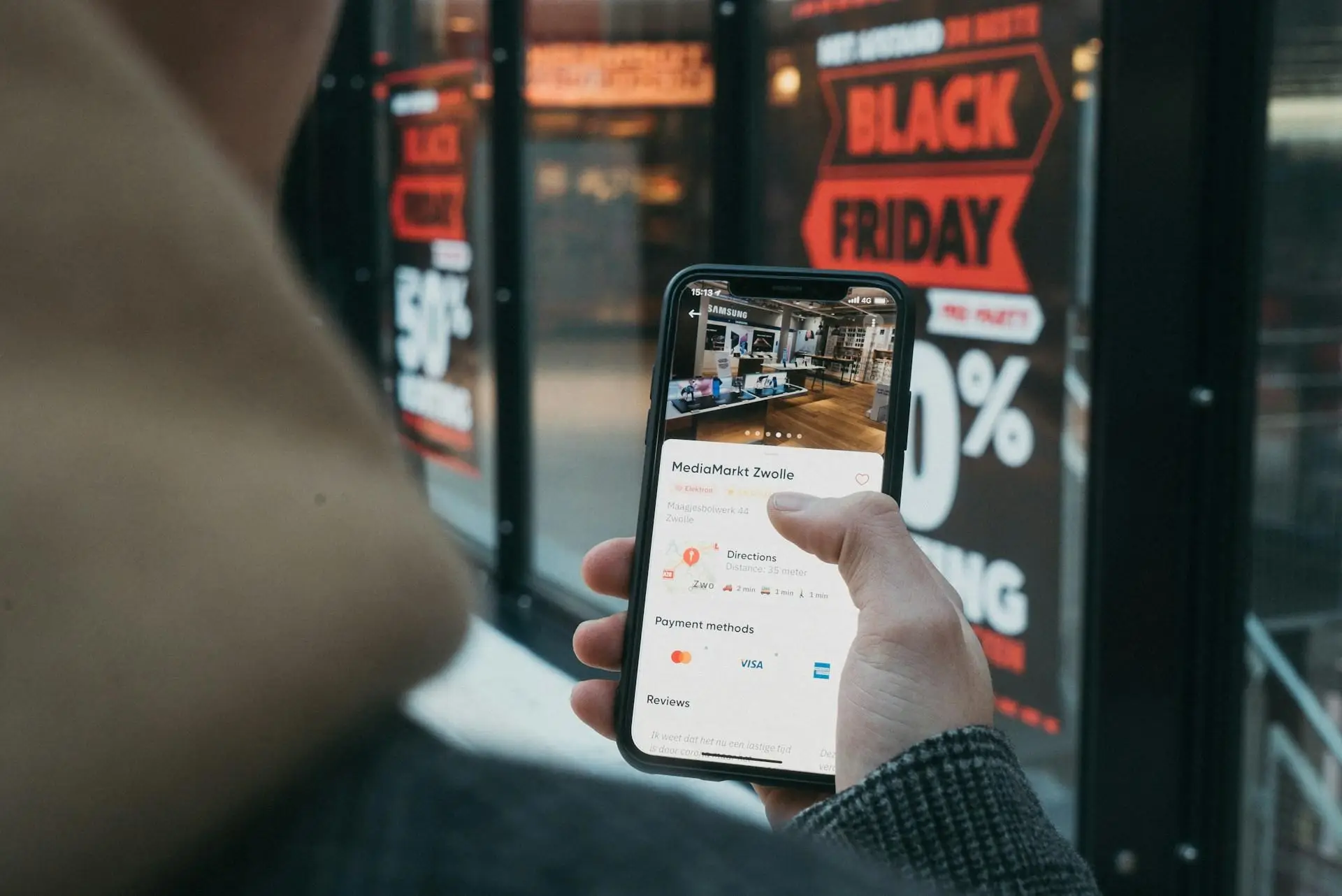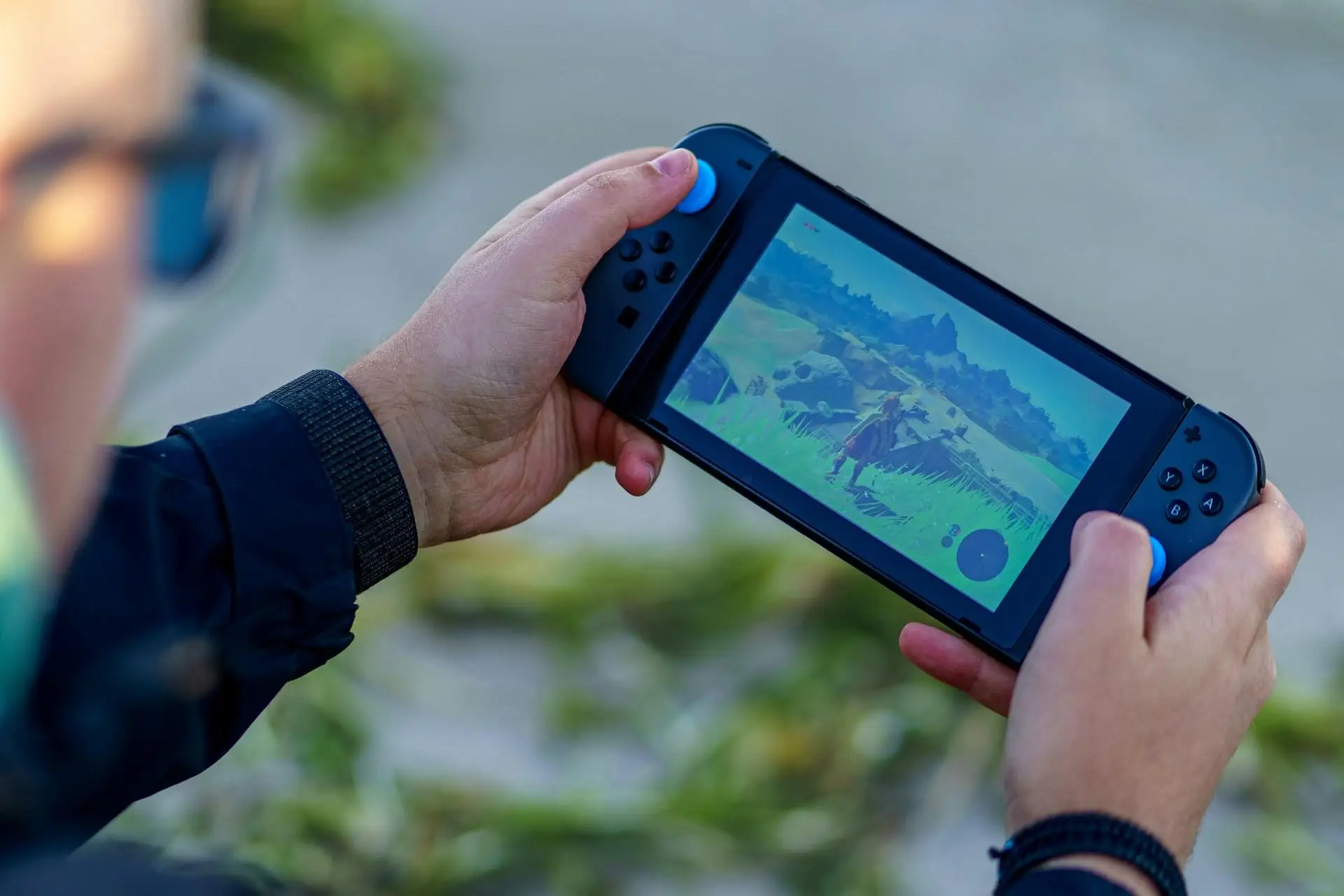In the ever-evolving world of retail, creating a memorable shopping experience is crucial for capturing consumer interest and driving sales. Sensory experiences play a pivotal role in transforming traditional shopping into an immersive, engaging journey. This article delves into how retailers leverage sensory cues to enhance customer experience and the impact it has on consumer behavior.
The Role of Sensory Marketing in Retail
Sensory marketing involves using the senses to influence consumer perception and behavior, creating a deeper emotional connection with the brand. Retailers utilize sensory cues such as sight, sound, smell, touch, and taste to craft a unique shopping environment that resonates with customers on a personal level. By engaging multiple senses, retailers can differentiate themselves from competitors and foster brand loyalty.
Visual Appeal: The Power of Sight
Visual elements are often the first point of contact between a consumer and a brand. Retailers use colors, lighting, and displays strategically to capture attention and convey brand identity. For instance, vibrant colors might be employed to evoke excitement, while subdued tones create a sense of calm. Effective visual merchandising can guide customers through the store, highlight key products, and enhance the overall shopping experience.
The Sound of Shopping: Auditory Influences
Music and soundscapes significantly impact the shopping atmosphere. Background music can set the tone of the store, influence the pace of shopping, and even affect purchasing decisions. For example, upbeat music might encourage a faster shopping pace, while classical tunes could lead to a more leisurely experience. Retailers carefully select soundtracks to align with their brand values and target audience preferences.
Aroma and Ambiance: The Impact of Scent
Scent marketing involves using fragrances to evoke emotions and memories, creating a lasting impression on customers. Retailers often infuse their spaces with signature scents that complement their brand image and enhance the shopping environment. A pleasant aroma can increase dwell time, positively influence mood, and even boost sales by triggering impulse purchases.
Tactile Engagement: The Importance of Touch
The sense of touch is a powerful tool in retail, particularly for products that benefit from physical interaction. Allowing customers to handle and explore products can increase perceived quality and value, leading to higher conversion rates. Retailers often design spaces that encourage tactile exploration, such as open displays or interactive zones, to engage customers and facilitate informed purchasing decisions.
Taste: A Unique Sensory Experience
While not applicable to all retail sectors, taste can be a compelling sensory experience in food-related industries. Offering samples or tastings allows customers to directly experience products, fostering a stronger connection and influencing purchase behavior. This strategy is particularly effective in grocery stores, specialty food shops, and beverage retailers.
The Psychological Impact of Multi-Sensory Integration
Integrating multiple sensory cues creates a cohesive and immersive shopping experience that appeals to consumers on various levels. Studies show that multi-sensory environments can enhance brand perception, increase customer satisfaction, and drive repeat visits. By tapping into the complex interplay of senses, retailers can build emotional connections that go beyond transactional interactions.
Technology and Sensory Experiences
Advancements in technology have opened new avenues for sensory marketing in retail. Virtual reality (VR) and augmented reality (AR) offer innovative ways to engage customers’ senses, providing immersive experiences that bridge the gap between online and offline shopping. Retailers are increasingly adopting these technologies to provide personalized experiences, enhance product visualization, and create interactive shopping environments.
Designing for Sensory Inclusivity
Retailers are recognizing the importance of designing sensory experiences that are inclusive and accessible to all customers. This involves considering diverse sensory preferences and sensitivities, ensuring that environments are comfortable and welcoming. By adopting inclusive practices, retailers can broaden their appeal and create a more equitable shopping experience for everyone.
The Future of Sensory Retail
As consumer expectations continue to evolve, the role of sensory experiences in retail will become even more pronounced. Retailers must stay attuned to emerging trends and technologies to create dynamic environments that captivate and engage customers. By prioritizing sensory experiences, retailers can forge stronger connections with consumers, driving loyalty and long-term success.
In conclusion, sensory experiences are a transformative force in retail shopping, offering a powerful means to connect with consumers on an emotional level. By strategically integrating sight, sound, smell, touch, and taste, retailers can create memorable, immersive environments that stand out in a competitive market. As the retail landscape continues to evolve, embracing sensory marketing will be key to capturing consumer interest and driving growth.









